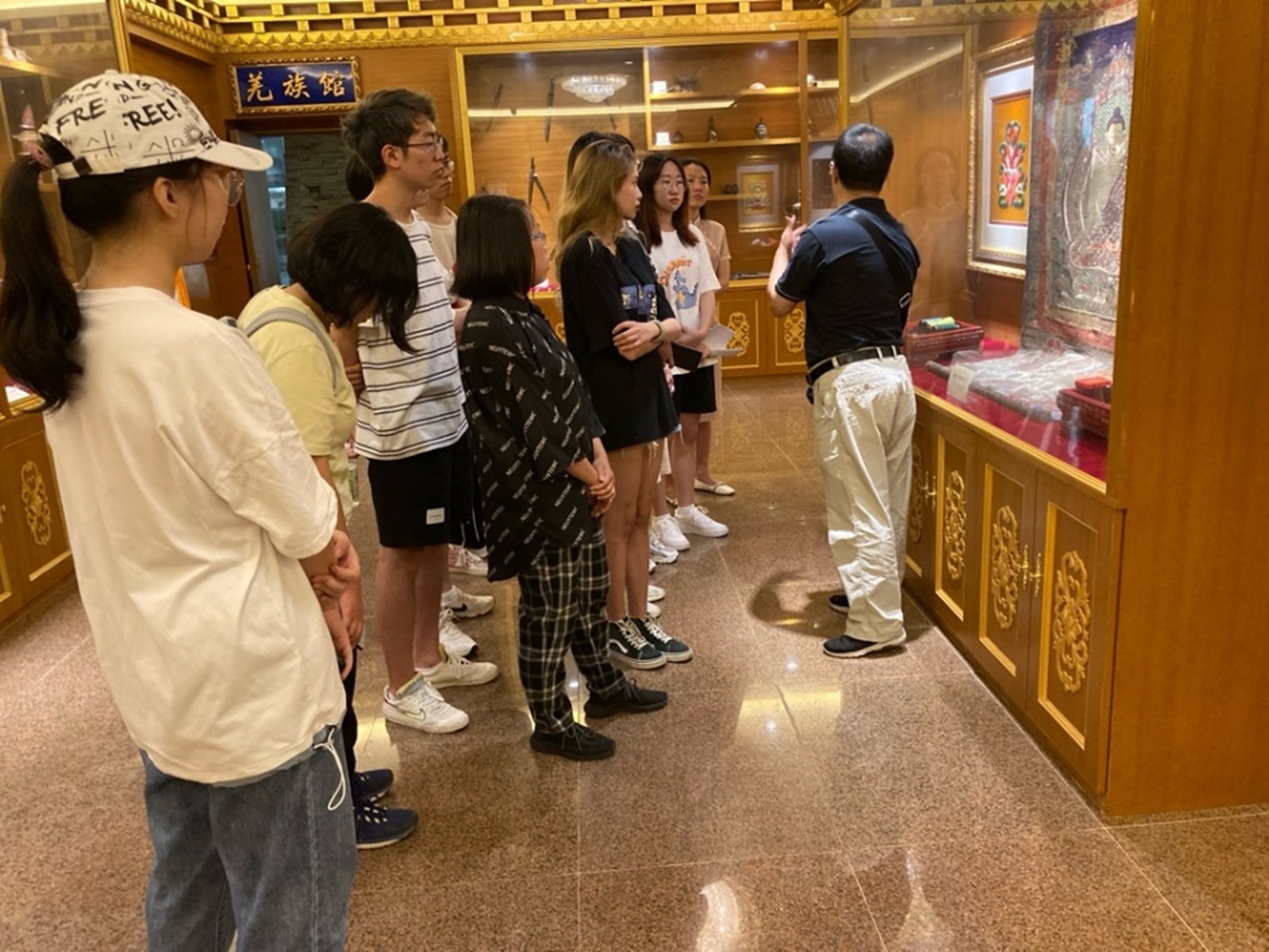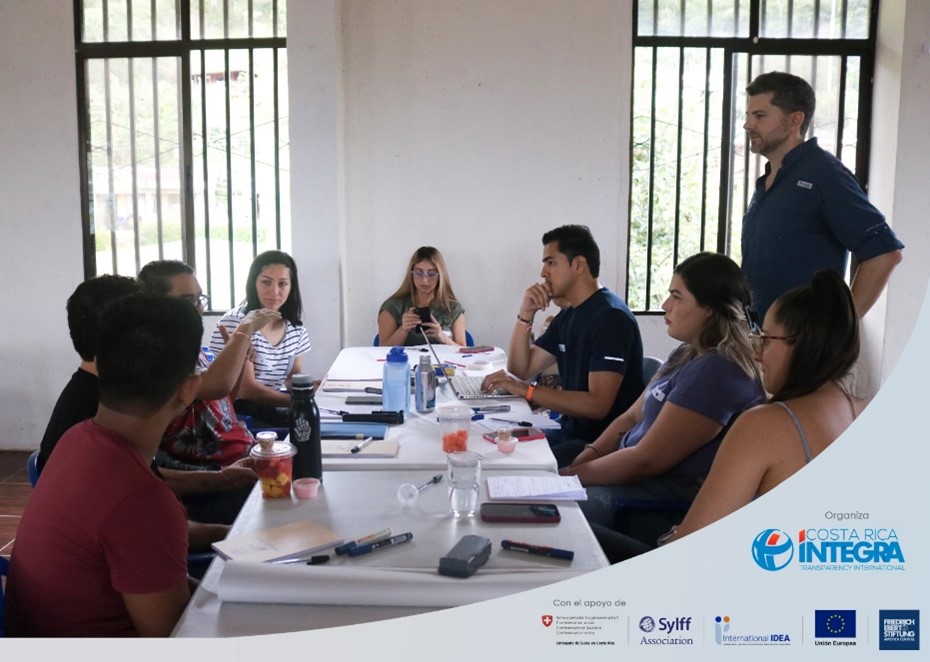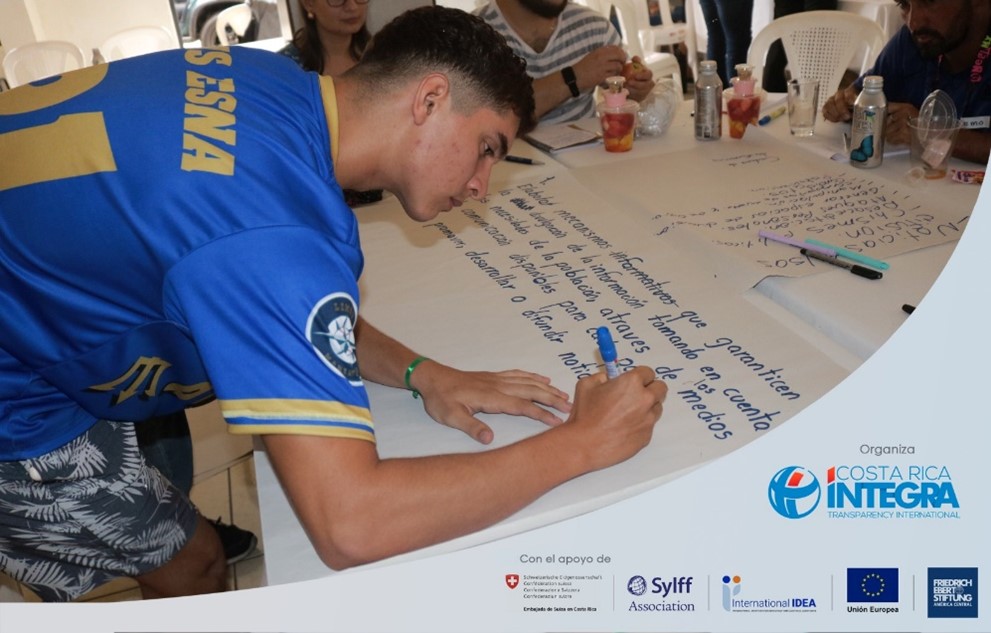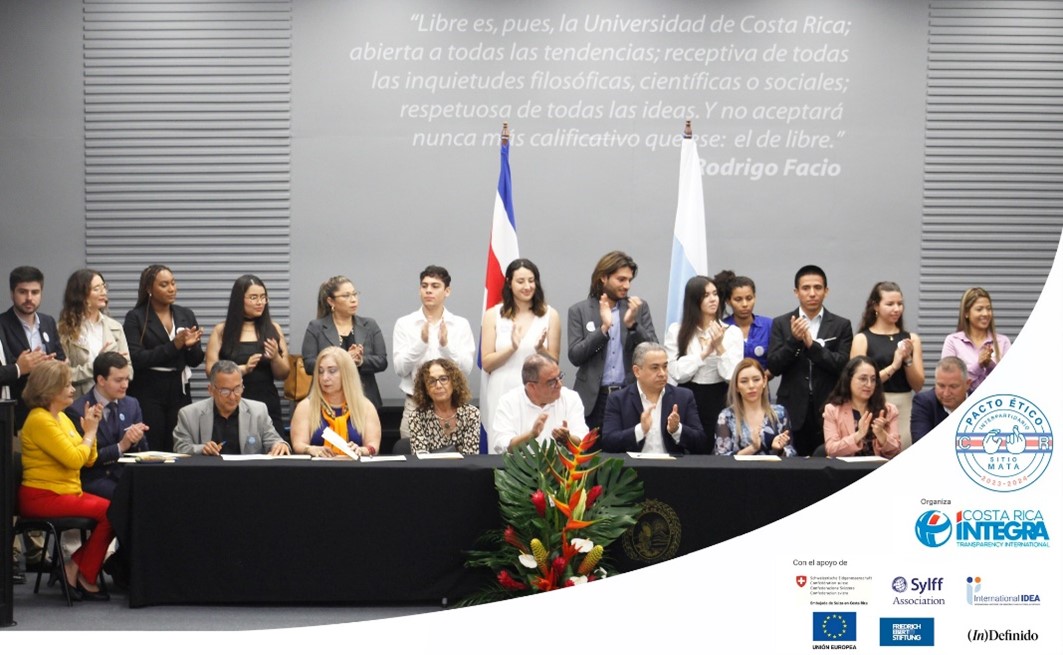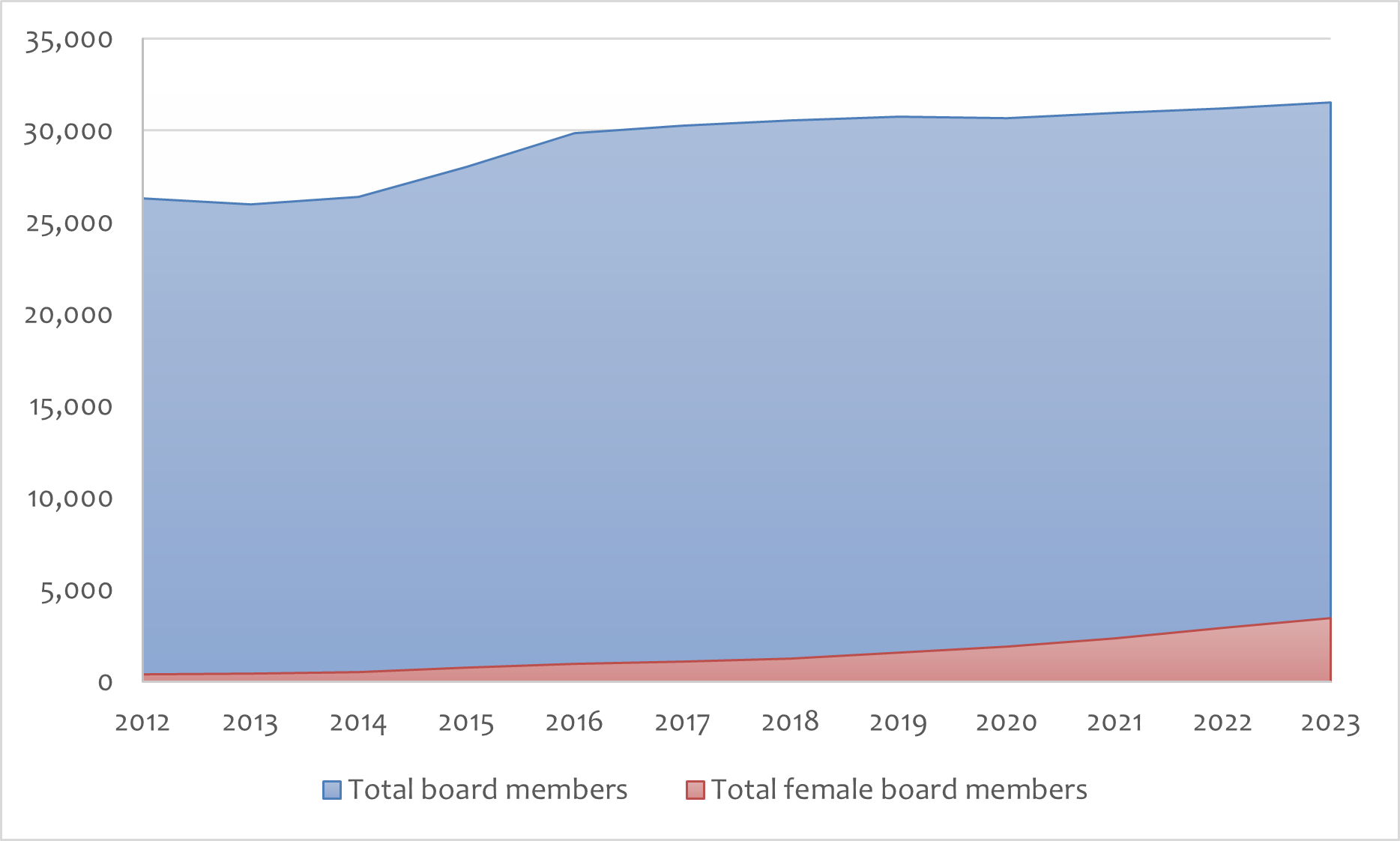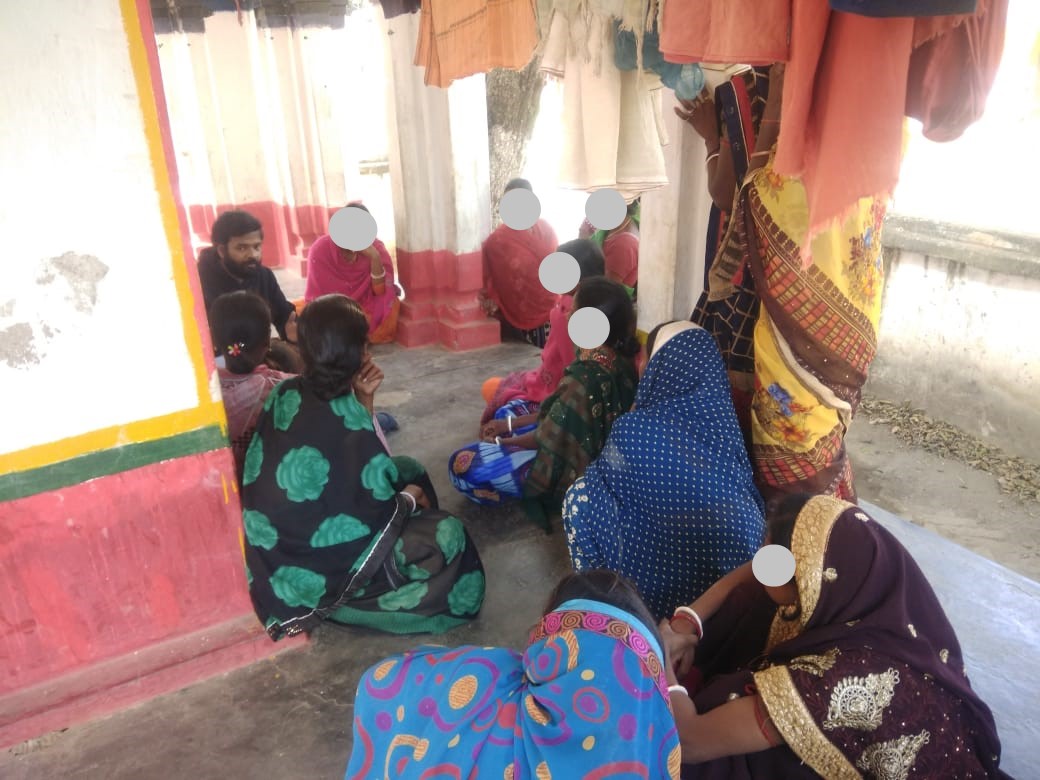Leon Poshai (University of the Western Cape, 2020) examines the challenges and benefits of digitalizing South Africa’s judicial system. The electronic submission of court documents would enhance efficiency, transparency, and access, but full adoption is being hindered by cybersecurity concerns and limited ICT skills among some users.
* * *
The aim of my SRG study was to analyze the challenges and prospects associated with the implementation of digitalization in South Africa’s justice delivery systems and to propose measures for addressing obstacles to the effective adoption of digital capabilities in the judicial sector. I conducted qualitative, exploratory research targeting participants in the litigation process from whom anecdotal data was collected through semi-structured interviews.
Efficient, transparent, and timely delivery of justice is a pivotal concern for the South African government (Ntengenyane and Masenya 2022). In interviews with study participants, I learned that the government of South Africa has moved swiftly to revamp the justice delivery system by transforming it from analog to digital through the adoption of an online digital case management system called CaseLines (formerly known as Court Online).

©simpson33 / Getty Images
The system was introduced by the Gauteng Local Division of the High Court in January 2020 to enable litigants to file and upload documents electronically during court proceedings. This has ushered in opportunities to digitalize court proceedings and create pathways for expedient and transparent justice delivery in South Africa (Teffo and Chuma 2023).
Minimizing Red Tape
CaseLines is a cloud-based, e-filing system. An interviewed legal practitioner commented that the system offers litigants the opportunity to instantaneously process and submit litigation documents to relevant courts for review. CaseLines was designed to facilitate the filing, storage, and retrieval of court files and, in the process, minimize red tape (Ntengenyane and Masenya 2022).
Study participants indicated that the platform allows registrar clerks and other court officials, as well as court secretaries and administrators, to keep track of cases conveniently and efficiently. An interviewed participant noted that the CaseLines system alerts litigants about scheduled hearings and reviews through emails or short messages.
CaseLines enables court judges and legal practitioners to document legal evidence and prepare for trials expeditiously. Litigants can prepare for a case online before adjudication, helping to avoid delays in the litigation process.
Interviews with participants revealed that CaseLines has also improved the safety of legal documents, since they are stored in a secure and encrypted database, ensuring that files are not misplaced or lost. They noted that CaseLines offers greater convenience in justice delivery, as it allows applicants and plaintiffs to prepare and upload court case documents without the need for physical visits.
Enabling Remote Adjudication
In many divisions of the High Court in South Africa, particularly in Pretoria and other major cities, CaseLines has led to an overhaul of the case management and legal administration systems. I learned through this study that in cities like Durban, Polokwane, and Cape Town, CaseLines has provided the High Court with the technological tools to refine the internal workflow process, enhancing transparency and accountability in justice delivery. Study participants noted that since the adoption of the CaseLines system, the internal judicial review process has been strengthened, fostering trust among users and resulting in democratized justice accessibility.
Interviewees also noted that CaseLines was particularly important during the COVID-19 pandemic, allowing courts to remotely adjudicate cases despite restrictions on in-person gatherings. When the president declared a state of national disaster in 2020, all divisions of the High Court were directed to use the CaseLines platform, reversing the traditional practice of not allowing electronic documents for litigation purposes and enabling courts to easily manage the inflow of cases (Teffo and Chuma 2023).
South Africa has continued its efforts post pandemic to strengthen the use of technology in its litigation system. Justice delivery in South Africa has become more convenient and flexible for litigants living far away, as court hearings can now be conducted through video conferencing. Nevertheless, the use of online court hearings remains optional, as judges can decide whether a matter should be adjudicated virtually or in person. Thus, hybrid court hearings comprising both physical and virtual attendance are permissible. Generally, virtual hearings are more prevalent in South Africa because of the convenience they offer to litigants.
Addressing Cybersecurity, Digital Literacy Challenges
However, there are many contextual challenges that have derailed the full digitalization of the South African justice delivery system. Firstly, there is fear among some litigants that if they use the CaseLines system, their personal data can be stolen by hackers, given the rise in cybercriminal activities in South Africa and many other parts of the world.
I learned through interviews that not every litigant is comfortable with using CaseLines because of the fear of invasion of personal privacy. Some worried that their data may be tampered with by cybercriminals and that this may result in them losing important evidence for their defense. Thus, there is a need for robust cybersecurity to guard against unauthorized access.
Interviewed participants stated that they would be more inclined to use the system if they are convinced that the information stored on the cloud is safe. The Protection of Personal Information Act (POPI Act or POPIA) is one legislative measure adopted to ensure the protection of personal information from unwarranted access.
Secondly, there is resistance to change by some litigants due to their lack of ICT skills. Some interviewed participants complained that they needed to hire someone to upload their documents, compromising the privacy of the documents and resulting in additional costs. To enable all citizens to make use of digital governance systems like CaseLines, the government of South Africa is making computer literacy training part of the educational curriculum from the elementary to tertiary levels.
Additional challenges include the digital divide, limited internet connectivity in some parts of the country, and general lack of ICT devices. Some participants revealed that they do not own smartphones, which makes it difficult for them to get updates. Substantive investments in ICT infrastructure would thus be needed to ensure that everyone in the country has universal access to ICT resources and internet connectivity, as well as to the greater convenience, transparency, efficiency, and flexibility promised by the digitalization of the South African justice delivery process.
References
Teffo, Dikeledi and Kabelo Given Chuma. 2023. “Management of Electronic Records to Support Judicial Systems at Temba Magistrates’ Court in the North West Province of South Africa.” Journal of the South African Society of Archivists 56: 35–54.
Ntengenyane, Khunjulwa, and Tlou Maggie Masenya. 2022. “The Management of Digital Court Records for Justice Delivery in the South African High Courts.” Mousaion 40 (3): 1–17.







